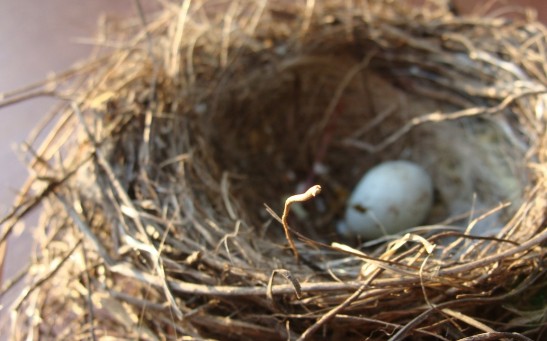Paleontology
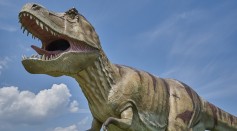
Jurassic Park Is Wrong: T.Rex Actually Had Lips Like a Lizard, New Study Reveals
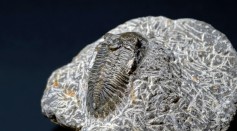
Ancient Trilobite Had a Hidden Third Eye on Their Foreheads; What Were These Prehistoric Creatures?
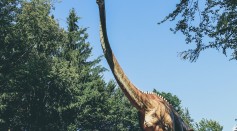
Longest Dinosaur Neck Could Have Been 15 Meters Long; Why Did Sauropods Have This Unique Feature?
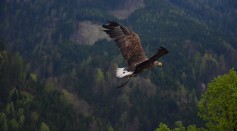
Huge 'Lord of the Rings' Extinct Eagle Had 12-Inch Talon and 10-Foot Wingspan; Giant Bird Could Have Been Big Enough to Snatch Hobbit-Sized Prey
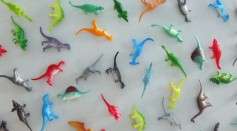
Dinosaur Sounds? Fossilized Voice Box Suggests That These Creatures Had a More Melodious, Subtle Vocal Range Than Previously Thought

Hollow Dinosaur Bones Show That These Creatures Evolved Thrice, Demonstrating Possible Convergent Evolution
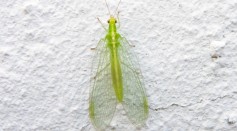
Giant Insect From Jurassic Era Found in Walmart Opens Deeper Ecological Questions

Prehistoric Sea Monster That Once Roamed Cleveland Waters May Have Been Shorter, Chunkier Than Previously Thought
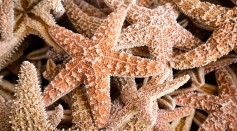
Ancient 3D Star-shaped Fossil Still Baffles Scientists a Century After Its Discovery, Might Not Be Left by a Living Thing After All
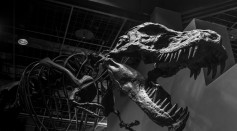
Bone Analysis Uncover Developmental Strategies Underlying the Size of Non-Avian Dinosaurs
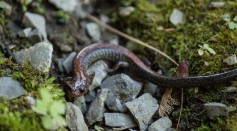
Oldest-known Caecilian Fossils Fill a Historical Gap in the Historical Record of the Amphibian-like Animal

How Heavy Is the Largest Penguin Ever Discovered? Fossils Show It Weighed 340 Pounds

World's Biggest Dinosaur Arrives in UK Museum: 115-Feet-Long Titanosaur Is Thrice the Size of T.Rex
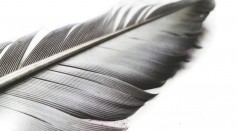
Early Bird Fossils Reveal Mysteries About 'Paleontology Hotspot' Jehol Biota; Why Is This Ancient Ecosystem Important?
Most Popular

How Technology Is Changing the Real Estate Industry?

Study Reveals High Turnover in Scientific Research Careers: What This Means for Future Scientists

How a Plant-Based Diet Can Protect Against Breast Cancer: Insights from Nutrition Research

Why It's So Difficult to Lose Weight: The Biological Explanation Behind Obesity

